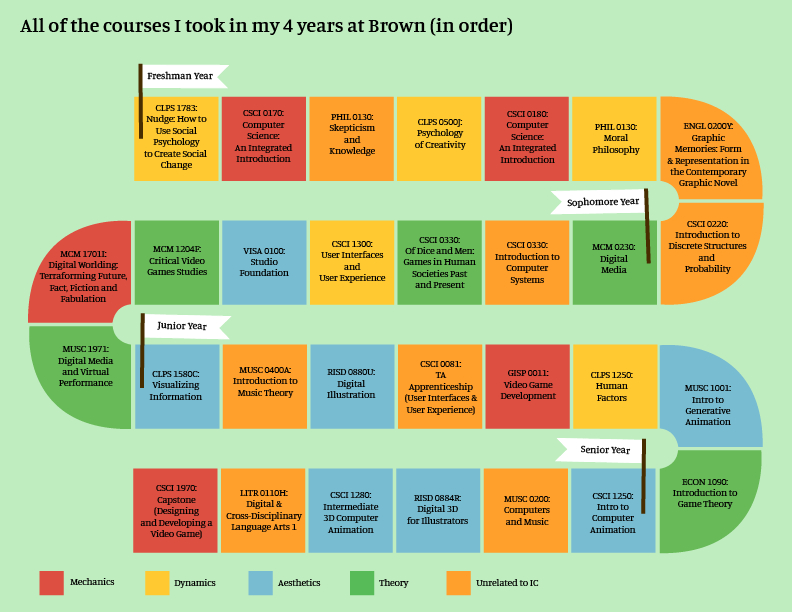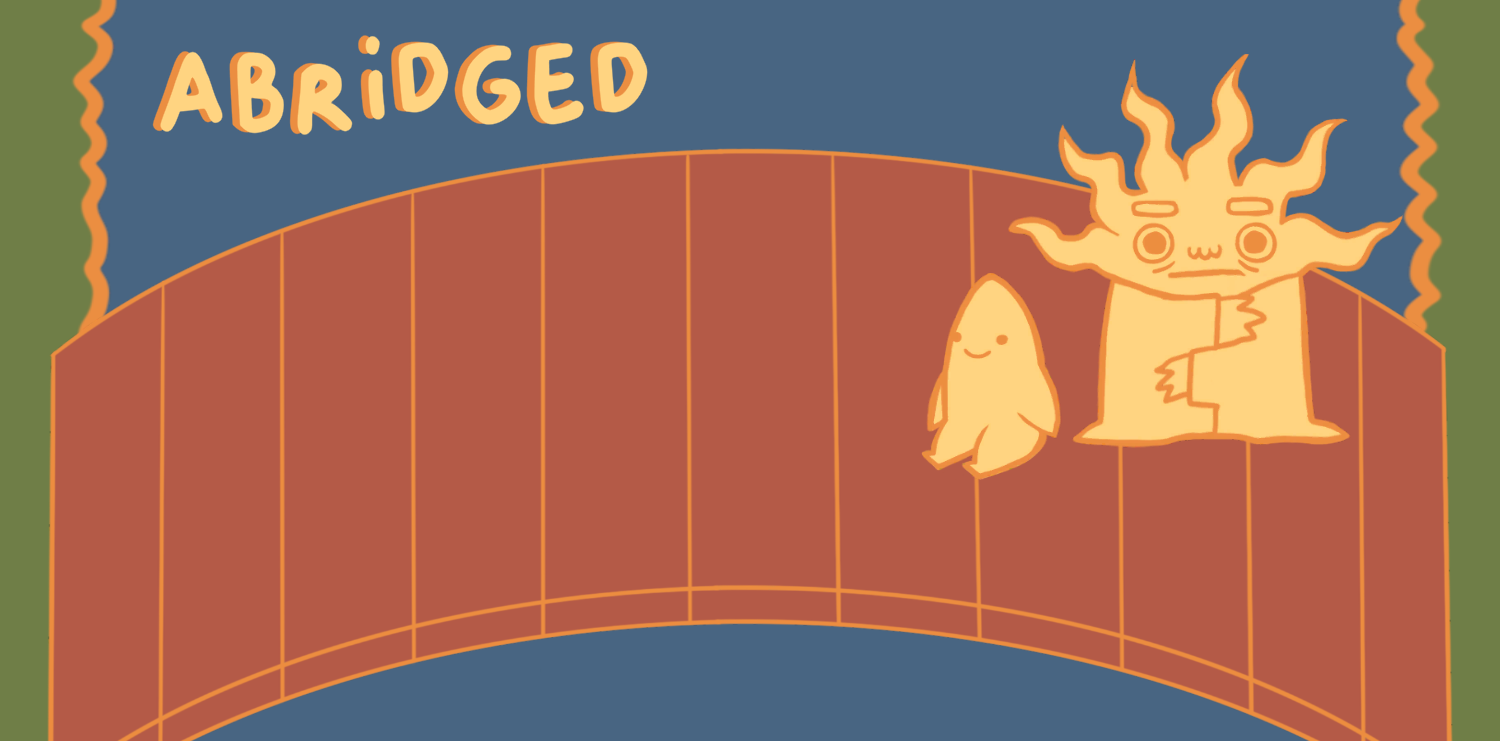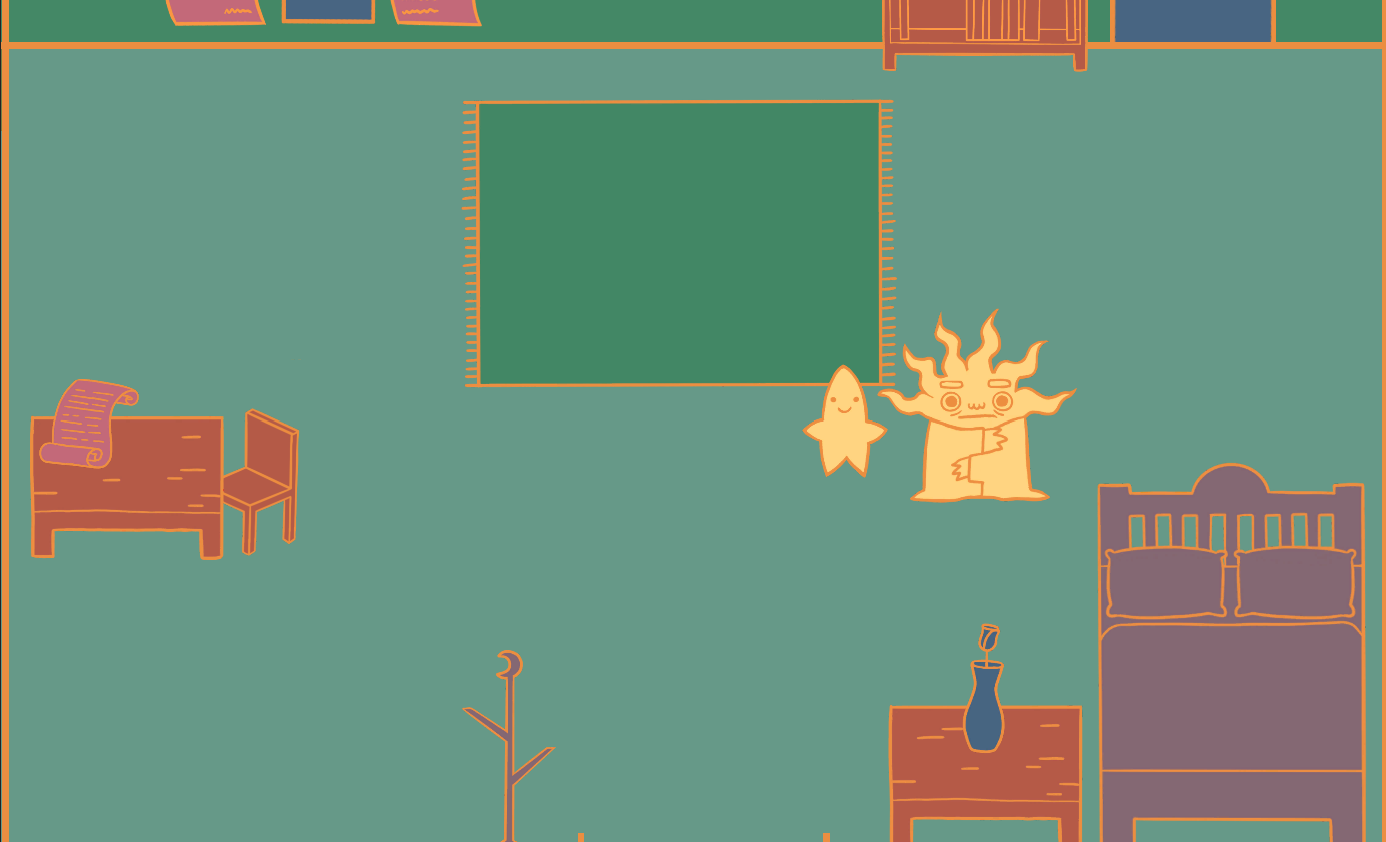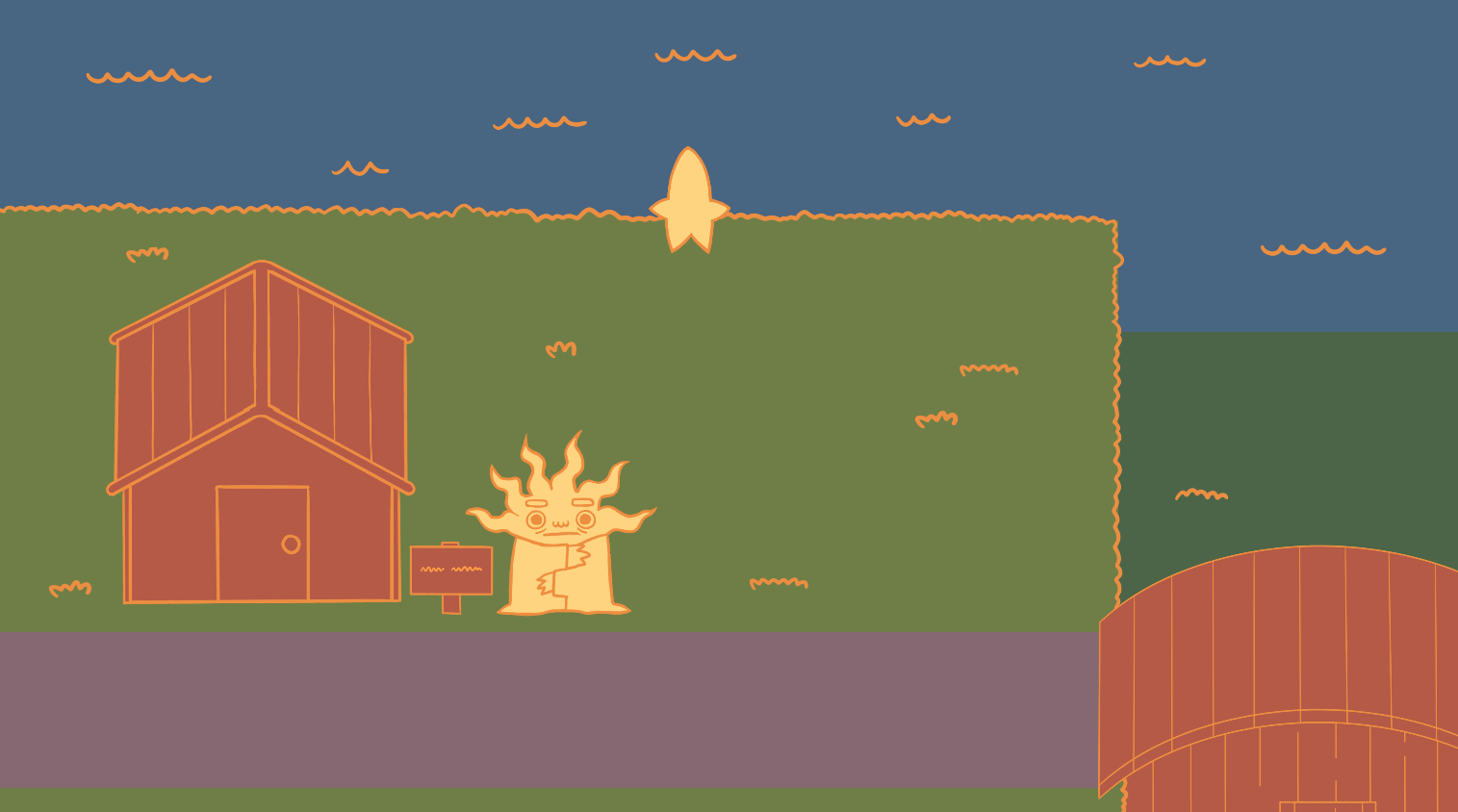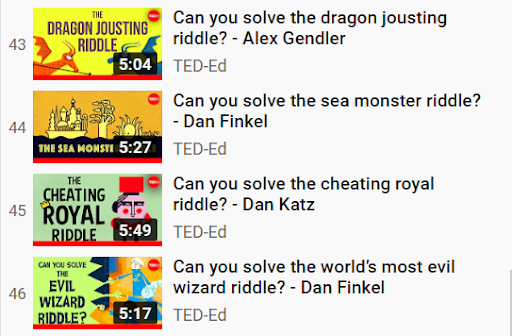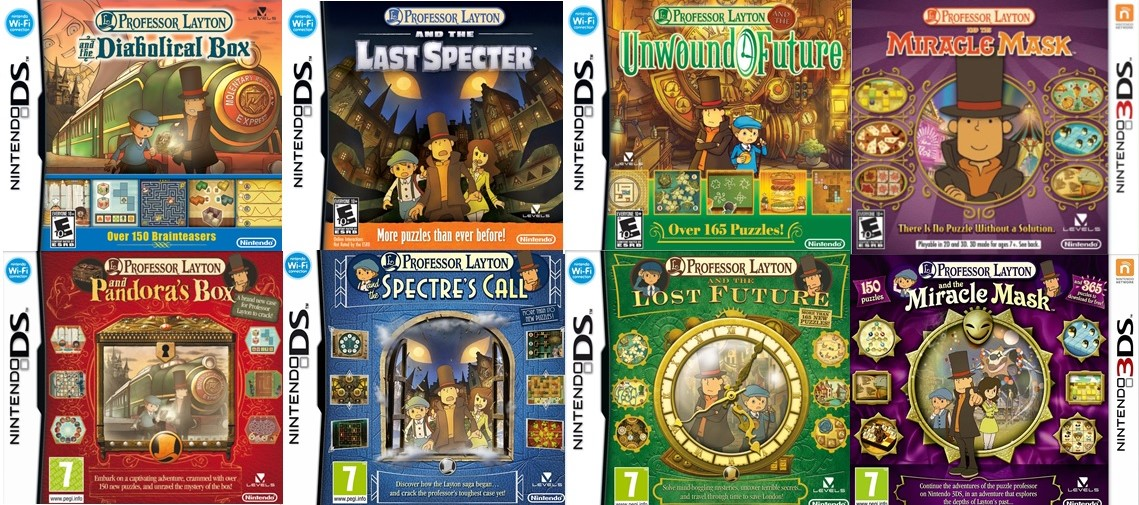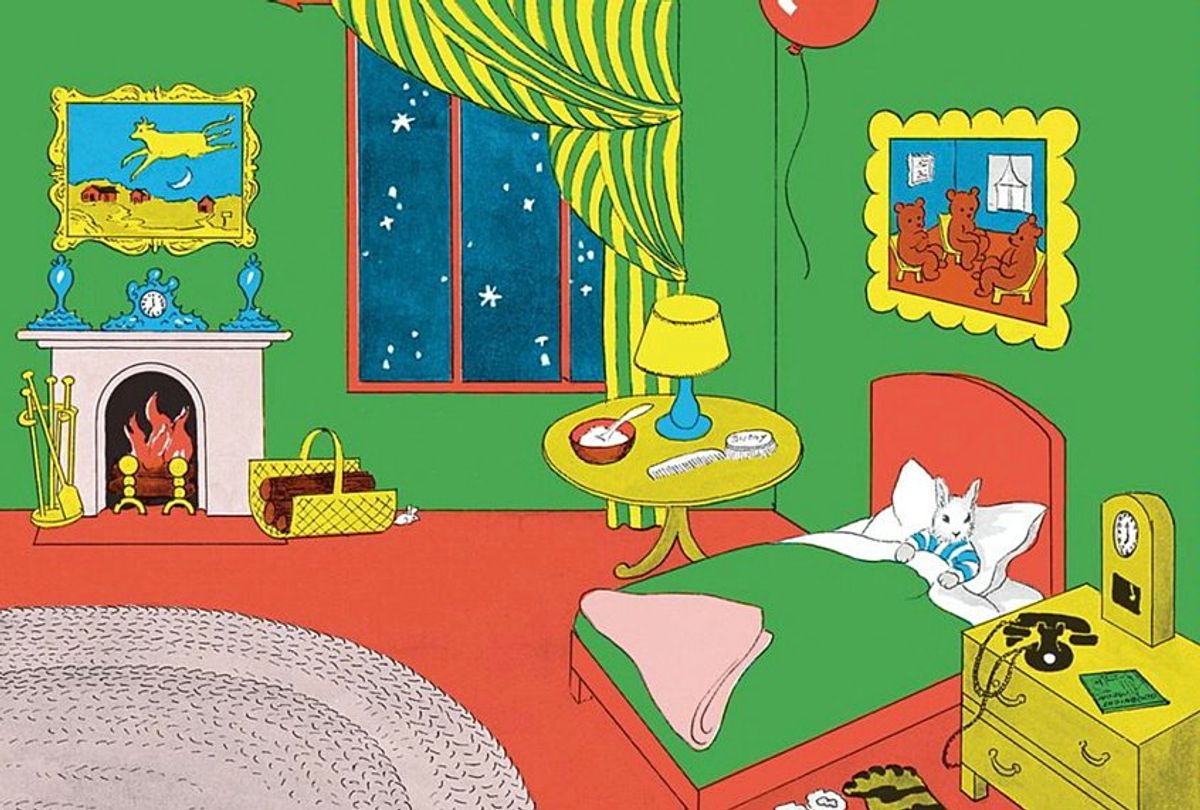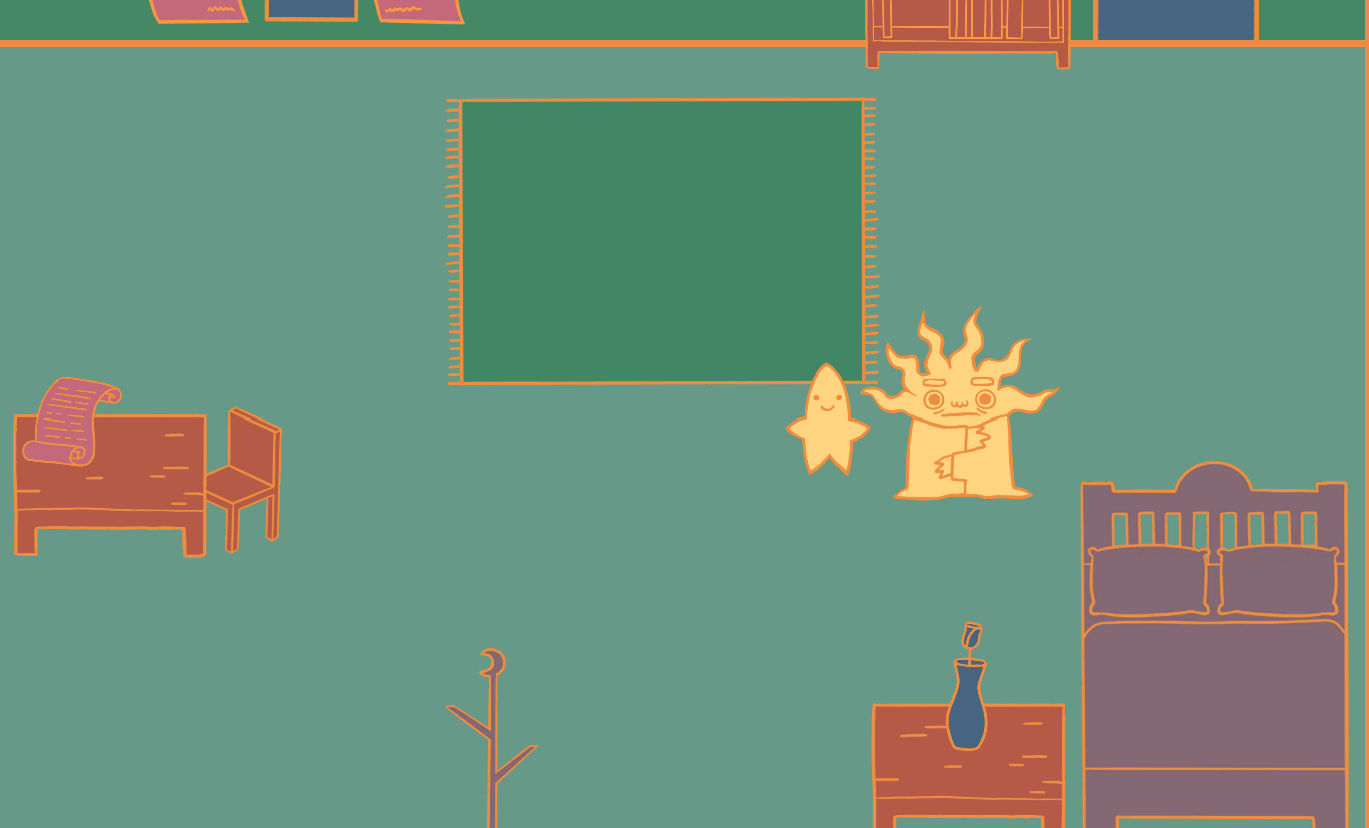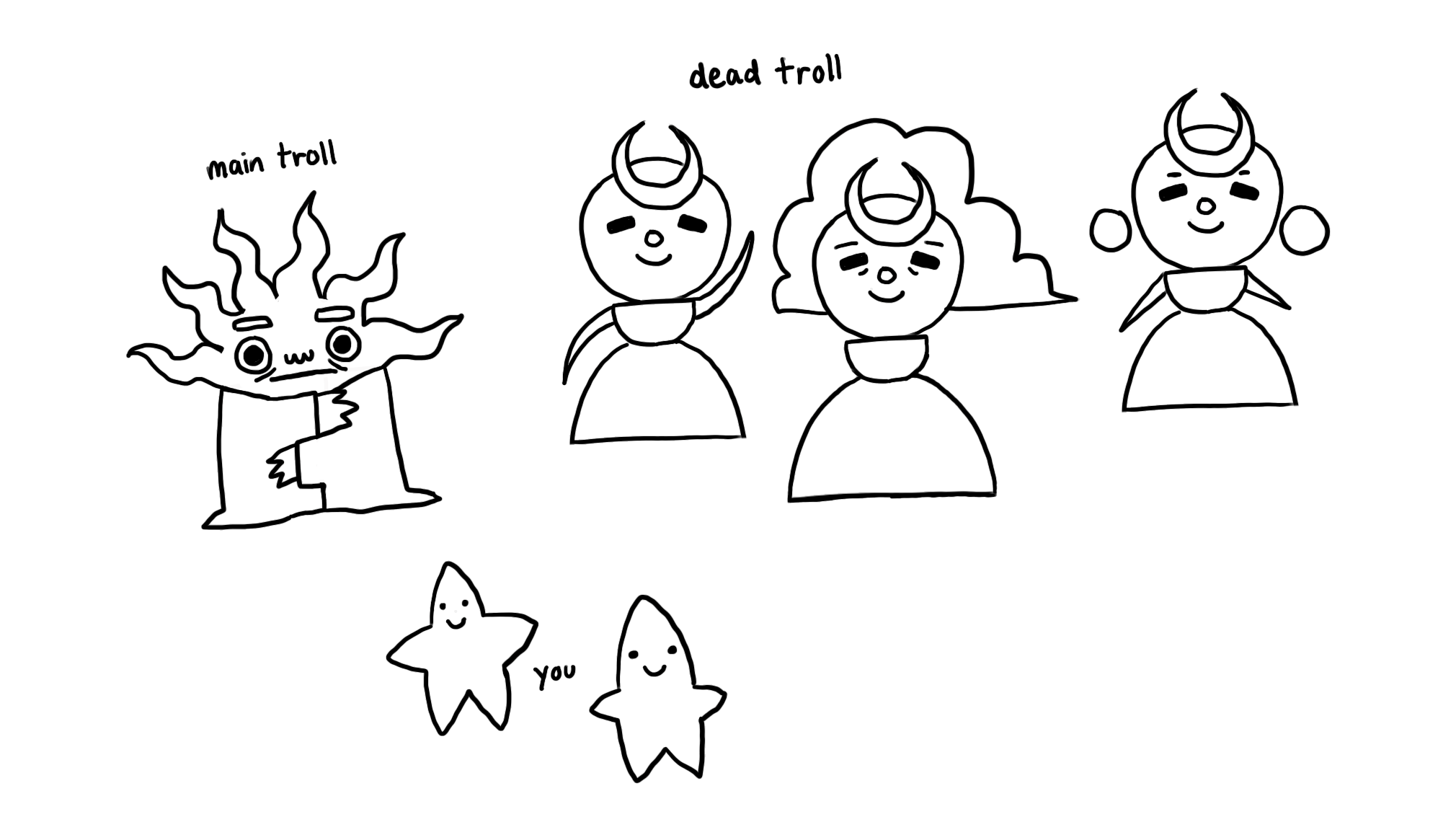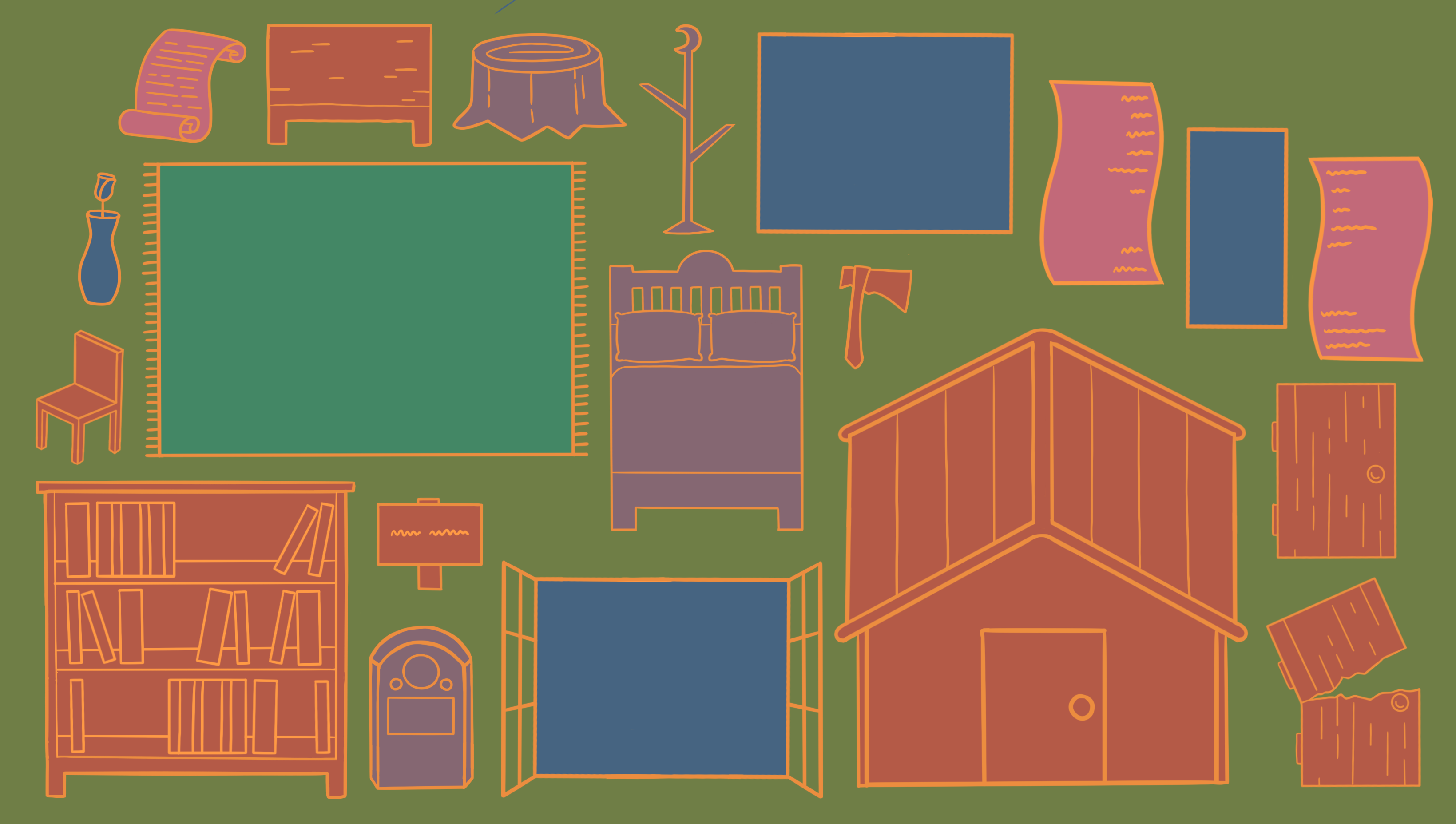This project ties in the four categories of my concentration:
1. Mechanics (the technical CS elements of building the game)
2. Dynamics (incorporating psychology behind how people interact with systems and what makes a good puzzle)
3. Aesthetics (the narrative and artistic components of the game should mesh with gameplay and support the
overall message)
4. Theory (How does this game fit into the existing game landscape?
How does it combine existing ideas in the world of games to create something new?)
Almost all of the courses I've taken contributed to this project, but most notably:
1. the computer science courses I've taken that will help me build this game (e.g. CS18),
2. the art courses I've taken (e.g. RISD Digital Illustration, VISA 0100),
3. psychology courses (e.g. Human Factors, Visualizing Information, Psychology of Creativity), that informed the player decision-making side of the project,
and 4. courses like Digital Media and ARCH 0785:
Of Dice and Men that inform the themes this game chooses to explore.
